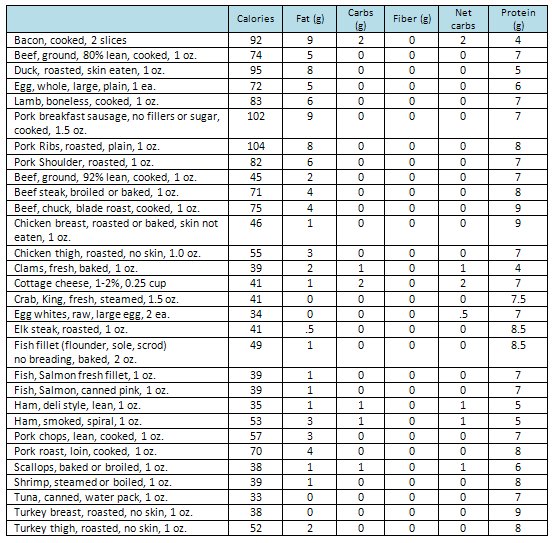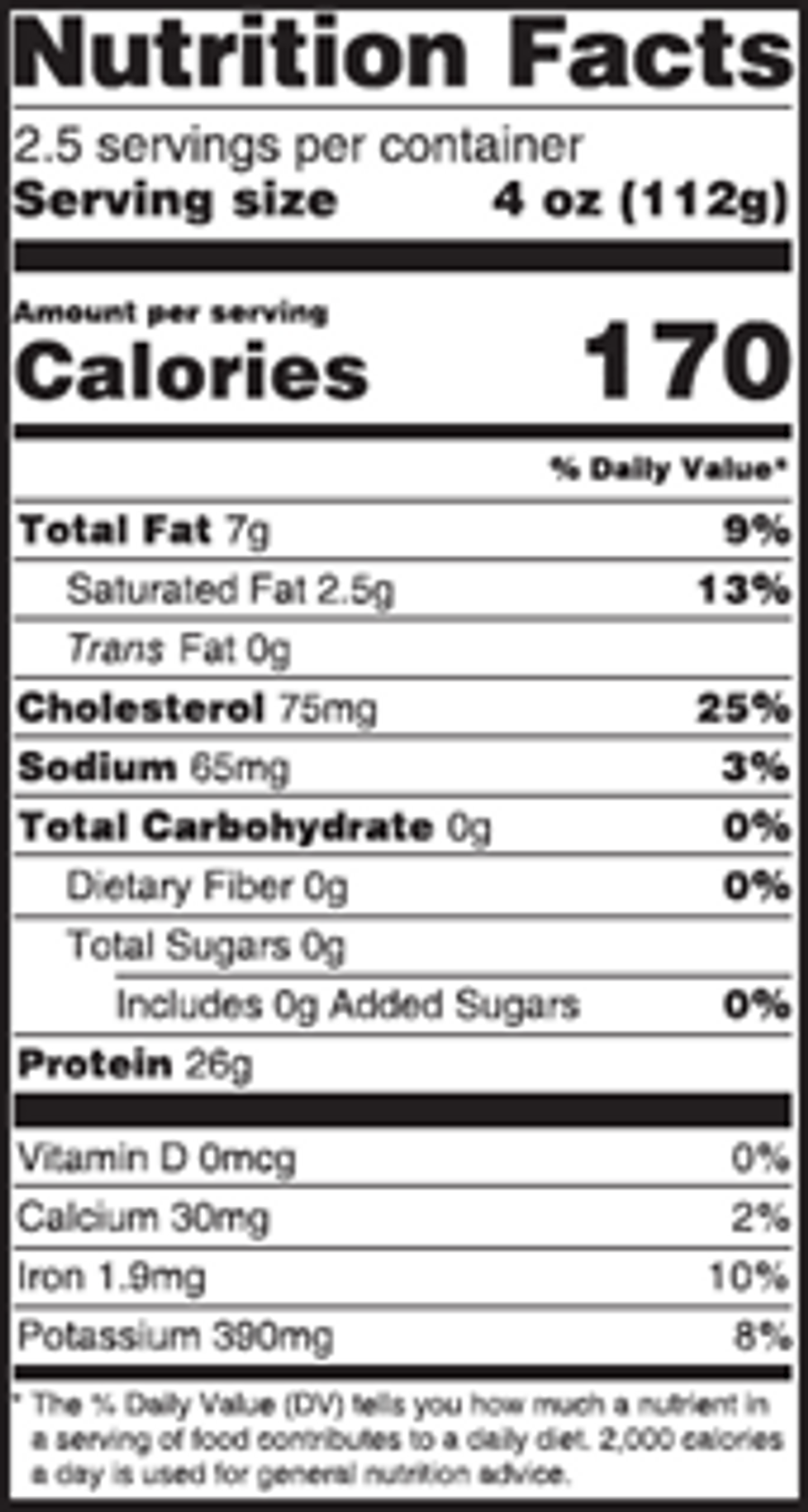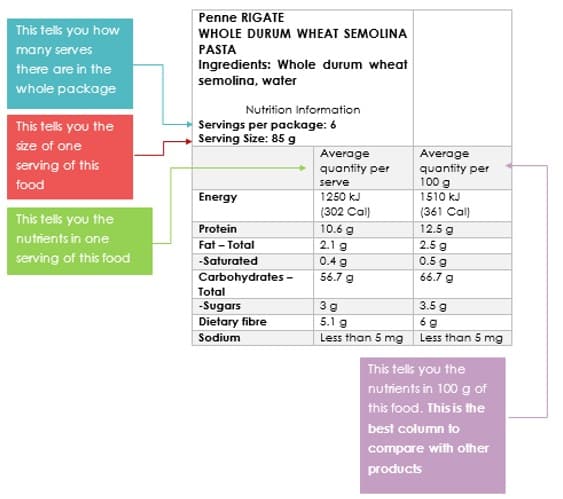39 other carbs on food labels
Added Sugars on the New Nutrition Facts Label | FDA Let the Nutrition Facts Label Be Your Guide The new Nutrition Facts label can help you compare and choose foods that are lower in added sugars. Check the label to see if foods are LOW or HIGH in... Food Labels | CDC Apr 23, 2021 · If you eat the whole thing, you are eating 8 times the amount of calories, carbs, fat, etc., shown on the label. Total Carbohydrate shows you types of carbs in the food, including sugar and fiber. Choose foods with more fiber, vitamins, and minerals. Choose foods with lower calories, saturated fat, sodium, and added sugars. Avoid trans fat.
What are "Other Carbs" on a food label?? - Bodybuilding.com Forums I was eating a bowl of "Honey Bunches of Oats" Cereal and looked at the label. It listed Carbs as 25 grams. Sugars are 6 grams, Fiber is 2 grams, Other carbs are 17 grams. What are these "other carbs"? Sugars have big impact on blood sugars while Fiber has little impact. Are these "Other Carbs" like a sugar or a fiber or somewhere in between?

Other carbs on food labels
How to Read Carbohydrates on Food Labels - GlycoLeap Nov 30, 2018 · When learning how to read carbohydrates on food labels, always remember that 1 serving of carbohydrate is equal to 15 g of carbohydrates. If you want to have a snack, it is recommended to eat no more than 1 to 2 servings of carbohydrates in one sitting. That would be around 15 to 30 g of carbohydrates. Snack = 15 – 30 g of carbohydrate How to Read Food Labels for a Heart-Healthy Diet The lower the net carbs, the better." Berries: "I usually choose blueberries, which are anti-inflammatory and not as high in sugar as bananas.". Yogurt: "I choose a low-fat brand that's marketed as 'diabetes friendly' on the label, which means it's low in carbohydrates. You get all the benefit of yogurt with far fewer carbs. Food Labels: Carbohydrates | Home & Garden Information Center On the other hand, choose foods often that contain 5% DV or less of nutrients that you want to limit (e.g., total fat, saturated, fat, trans fat, cholesterol and sodium). Example: On this label the total amount of carbohydrates in one serving (1 packet) is 24 g, or 8% DV. The dietary fiber is 1 g, or 3% DV. The total amount of sugars is 19 g.
Other carbs on food labels. How To Figure Out The Carbs On Nutrition Labels If more than one type of sugar alcohol is listed, there must be a line for sugar alcohol grams on the nutrition label. Other Carbohydrates shows the number of digestible complex carbohydrates not considered a sugar (natural or added) and includes additives like stabilizers and starchy thickening agents. They don't make it easy, do they? Save What Other Carbohydrates Mean - American Institute for Cancer ... Mar 24, 2014 · “Other carbohydrate” is listed on some food label’s Nutrition Facts panel underneath “total carbohydrate” and refers mainly to complex carbohydrates, commonly called starches. (If a food contains sweeteners called sugar alcohols – xylitol, mannitol, sorbitol – they also are included in this group.) What "Net Carbs" On Food Labels Actually Means Net carbs also go by other names: "impact" carbs or "effective" carbs. Currently, the Food and Drug Administration has yet to establish any solid guidelines for the low-carbness of a food in order... How to Understand and Use the Nutrition Facts Label | FDA It's important to realize that all the nutrient amounts shown on the label, including the number of calories, refer to the size of the serving. Pay attention to the serving size, especially how ...
Learning To Read Labels - Diabetes Education Online The grams of total carbohydrate per serving is 30 grams. If you eat 6 pieces, that is two servings. You would be getting 60 grams of total carbohydrate (1 serving = 30 grams of total carbohydrate, 2 servings = 60 grams of total carbohydrate). Or, if you only eat one piece, then you would only get 10 grams of carbohydrate. Understanding Food Nutrition Labels | American Heart Association Remember that the information shown in the label is based on a diet of 2,000 calories a day. You may need less or more than 2,000 calories depending upon your age, gender, activity level, and whether you're trying to lose, gain or maintain your weight. When the Nutrition Facts label says a food contains "0 g" of trans fat, but includes ... LABEL READING: CARBOHYDRATES AND SUGARS — Theresa Wright — Renaissance ... The label may list as many as six items: Total Carbohydrate. Dietary Fiber. Soluble fiber. Sugars. Sugar alcohols. Other Carbohydrates. Some manufacturers voluntarily include the subcategories of sugar alcohol and "other carbohydrates.". Others do not. Understanding Food Labels | The Nutrition Source | Harvard T.H. Chan ... Under the Food Allergen Labeling and Consumer Protection Act of 2004, eight major food allergens—milk, fish, tree nuts, peanuts, shellfish, wheat, eggs, and soybeans—are required to be listed in a "contains" statement near the Ingredients list if present in a food. An example would be "contains wheat, milk, and soy."
Low Carb Guide to Understanding Nutrition Labels - Virta Health The carbohydrate count is given as total grams, and then broken down into carbs from fiber and sugar. Focus on total carbohydrate. Sugar should be zero as often as possible (1-2g at most). Fiber is a carb and should be included in your total for the day (initially 30g or less). Again, pay attention to the serving size. How to Read a Food Label | Atkins The FDA requires that a nutrition label include the total carbohydrates. The amount of dietary fiber and sugars must also be listed. However, the law does not require that other carbohydrate subcategories appear. Some manufacturers voluntarily include the subcategories of sugar alcohol and "other carbohydrates." Others do not. "Other" Carbohydrates On the Label - WebMD Basically the total carbohydrates includes everything and then some labels will break that out into subgroups like: Fiber grams (this is not digested and will eventually exit the body) Sugar grams... How To Read Food and Beverage Labels | National Institute on Aging The U.S. Food and Drug Administration (FDA) requires a Nutrition Facts label on most packaged foods and beverages. At the top of the Nutrition Facts label, you will find the total number of servings in the container and the food or beverage's serving size. The serving size on the label is based on the amount of food that people may typically ...
Food Labels | Nutrition.gov What's New with the Nutrition Facts Label. HHS, Food and Drug Administration. The U.S. Food and Drug Administration (FDA) has updated the Nutrition Facts label on packaged foods and beverages with a fresh design that will make it easier for you to make informed food choices that contribute to lifelong healthy eating habits. What's in a Name?

Your guide to understanding nutrition labels: How to read the back of your packaged food | Daily ...
Food Labels: Carbohydrates | Home & Garden Information Center On the other hand, choose foods often that contain 5% DV or less of nutrients that you want to limit (e.g., total fat, saturated, fat, trans fat, cholesterol and sodium). Example: On this label the total amount of carbohydrates in one serving (1 packet) is 24 g, or 8% DV. The dietary fiber is 1 g, or 3% DV. The total amount of sugars is 19 g.
How to Read Food Labels for a Heart-Healthy Diet The lower the net carbs, the better." Berries: "I usually choose blueberries, which are anti-inflammatory and not as high in sugar as bananas.". Yogurt: "I choose a low-fat brand that's marketed as 'diabetes friendly' on the label, which means it's low in carbohydrates. You get all the benefit of yogurt with far fewer carbs.
How to Read Carbohydrates on Food Labels - GlycoLeap Nov 30, 2018 · When learning how to read carbohydrates on food labels, always remember that 1 serving of carbohydrate is equal to 15 g of carbohydrates. If you want to have a snack, it is recommended to eat no more than 1 to 2 servings of carbohydrates in one sitting. That would be around 15 to 30 g of carbohydrates. Snack = 15 – 30 g of carbohydrate



/netcarbs14-571eb2f95f9b58857d61f357.jpg)





Post a Comment for "39 other carbs on food labels"